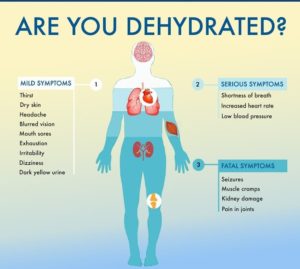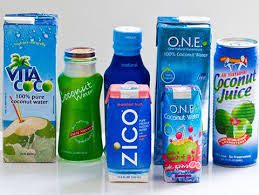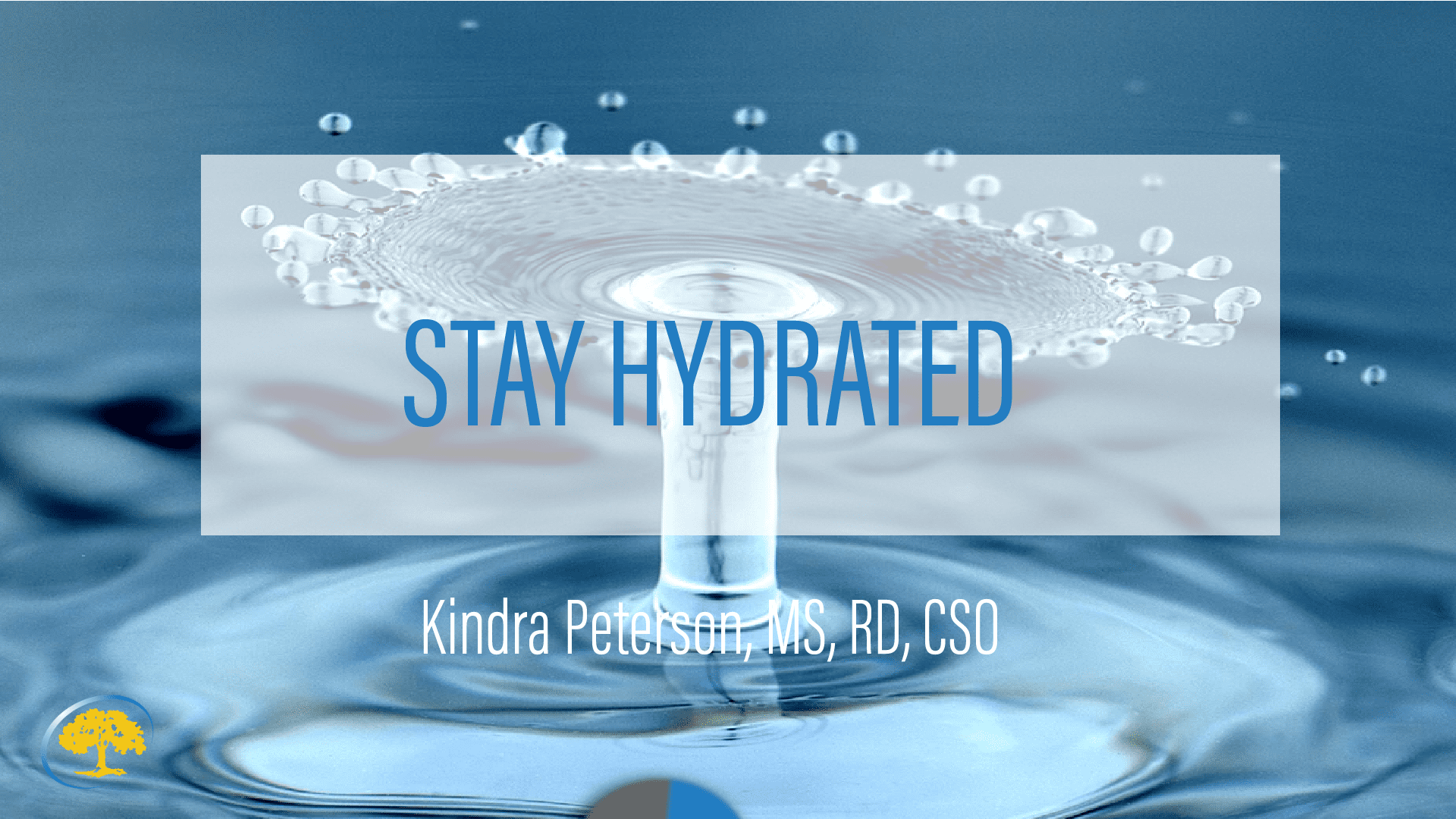
Posted 5 years ago
Staying Hydrated
Temperatures are rising here in Arizona and July, our hottest month of the year with an average high temperature of 106 degrees and the average low of 83 degrees is upon us! As the temperatures, increase so too does the risk of dehydration and thus your fluid needs. 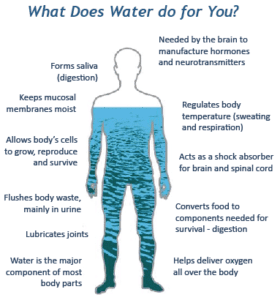
Water plays a role in controlling blood pressure and heart rate, regulating body temperature, lubricating joints, creating saliva for digestion, removing wastes and toxins from the body and transporting nutrients throughout the body.
To say water is vital for life is an understatement. During the hot summer months as well as for those undergoing cancer treatments adequate fluid intake/adequate hydration is of utmost importance.
What is Dehydration?
Dehydration occurs when a person does not take in enough fluid or loses too much fluid. We naturally lose water during the day through breathing, sweating and going to the bathroom. As the temperatures increase, we can lose more through sweating; people undergoing cancer treatment may be at a higher risk of fluid loss through diarrhea and vomiting.
Another cause of increased water loss is a high fever. Furthermore, illnesses, disabilities and certain medications can also contribute to dehydration. Older adults are at a higher risk of dehydration because as we age the human body loses the ability to conserve water and we lose the sense of thirst.
In general, the longer you go without adequate fluid intake, the more dehydrated you will become. Relying on thirst alone is not enough because many times a person may be dehydrated even if they don’t feel thirsty making it important to identify the symptoms of dehydration:
• Dry mouth- sticky mouth or swollen tongue
• Dry skin
• Dry eyes
• Little or no urine output
• Low blood pressure
• Dark, strong-smelling urine
• Fatigue, weakness
• Skin that “tents” when pinched
• Fever
• Dizziness, nausea or headaches
Dehydration can also influence the levels of electrolytes specifically sodium and potassium, in the blood. When electrolytes are too high or too low confusion, disorientation and other symptoms can occur.
How much fluid do you need?
Fluid needs are based on age, sex, and health status and can be further impacted by climate. In general, the 8 x 8 rule is a good place to start. Aim to drink at least 8- 8oz glasses of caffeine-free fluid a day. Drinks that contain caffeine may contribute to fluid loss so opt for decaffeinated or caffeine-free options as much as possible.
If you are more active, spending more time outdoors or are going through cancer treatment the goal me be as high as or higher than 12- 8 oz. glasses per day. A good way to tell if you are properly hydrated is to check your urine. If it is colorless or light yellow, you are likely in good shape. If it is amber or dark yellow, you are likely at risk for dehydration.
Here are some tips to help you stay hydrated:
If you develop a fever, diarrhea, or vomiting, you will need to increase your fluid intake to replace fluids. Drink 1 cup of fluid after each bout of vomiting or diarrhea. Water may not be enough, you may need electrolytes as well as we lose these in vomiting and diarrhea.
If you are out in the heat or exercising for more than 60 minutes, you will need to increase your fluid and electrolyte intake for adequate hydration/re-hydration.
Drink fluids throughout the day instead of waiting until you feel thirsty. If you are thirsty, you are likely already at least slightly dehydrated.
Keep a glass, cup or bottle of water/decaffeinated beverage in sight at all times. You are more likely to drink fluids when they are within reach.
Some beverage are better than others are for hydration.
-
- Best: water, flavored water, milk, fitness water, mineral water, sports drinks, club soda, clear nutritional beverages
- Very Good: 100% fruit juice, lemonade, tomato and 100% vegetable juice, 100% fruit and vegetable smoothies, nutritional beverages
- Good: fruit and vegetable juices/drinks
- So-so: decaffeinated soft drinks, decaffeinated coffee/tea
- Not so helpful: caffeinated beverage, alcoholic beverages
Foods contain some fluids. Some fluid friendly foods include:
o Soup and broth, gelatin, ice cream/sorbet/fruit ice, popsicles, watermelon, grapes, cucumber, citrus fruits, pineapple, cantaloupe.
What if I have severe vomiting and can’t keep fluids down?
Try sucking on ice cubes and ice chips and taking small sips of fluids frequently as this will be better tolerated than trying to drink large amounts at one time. Peppermint can aid in nausea so consider adding peppermint to water when making ice cubes.
Are there beverages available that are more natural products than sports drinks? What if you don’t like plain water?
Try sparkling waters, flavored waters, add berries or slices of lemon, lone, oranges, cucumbers or mix with a splash of 100% fruit juice or peppermint; try sports drinks/electrolyte beverages which can also be diluted to taste.
Benefits of Cactus Water
Cactus water is a naturally hydrating beverage made with the fruit of the prickly pear cactus. Local product True Nopal Cactus Water is 100% all natural with no added sugar or sweeteners with less than ½ the calories and sugar as coconut water while providing electrolytes, potassium, magnesium and antioxidants. True Nopal Cactus Water is available in the natural flavor (sweet with a hint of fruity yet nutty taste) as well as two new organic flavors: cactus + lime and cactus + pineapple.
Benefits of Coconut Water
Coconut water has been referred to as “Nature’s Gatorade.” Naturally refreshing, coconut water has a sweet, nutty taste. It contains easily digested carbohydrates in the form of sugar and electrolytes. Not to be confused with high-fat coconut milk or oil, coconut water is a clear liquid in the fruit’s center that is tapped from young, green coconuts. It has fewer calories, less sodium, and more potassium than a sports drink. It is an all-natural way to hydrate, cut sodium, and add potassium to diets. Be cautious as not all Coconut Water is made equal- many have added sugar.
Make Your Own Electrolyte Drink
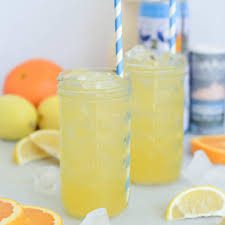
• ½ cup fresh orange juice
• ¼ cup fresh lemon juice
• 2 cups cactus or coconut water
• 2 Tbsp. organic raw honey or organic maple syrup (or to taste)
• ⅛ tsp Himalayan Pink Salt or Celtic Sea Salt (not table salt)
Put all ingredients in a blender and blend well. Chill before drinking
DIY Electrolyte Drink
• 1 cup cactus or coconut water
• 1 cup filtered water
• 1 Tbsp. raw honey (or to taste)
• 1 lemon or 1.5 limes (squeezed juice)
⅛ tsp sea salt (not table salt)
Mix all of the ingredients together and chill before drinking
It can be a challenge to stay well hydrated during the summer months and/or during cancer treatment. Drinking before you feel thirty and finding fluids and hydrating foods you like the taste of will go a long way in keeping you hydrated and healthy.
About Ironwood Cancer & Research Centers
Ironwood Cancer & Research Centers (ICRC) is the largest multi-specialty oncology network in the Greater Metro Phoenix area. They have over 100 medical providers, a robust Integrative Services program, and a dedicated clinical research department. Ironwood Cancer & Research Centers has 15 valley locations and five comprehensive cancer care centers that offer a multi-disciplinary approach for expedited personalized patient care. For more information, please visit our website at www.ironwoodcrc.com.


